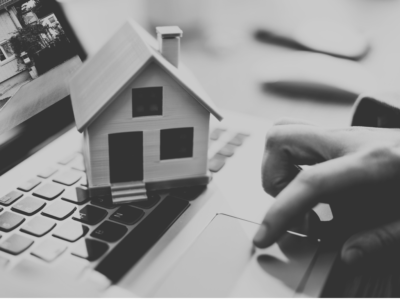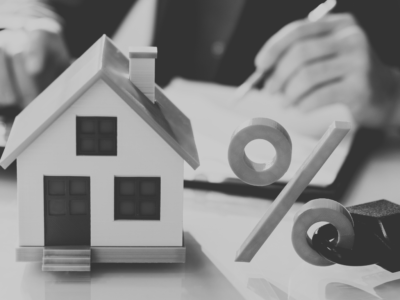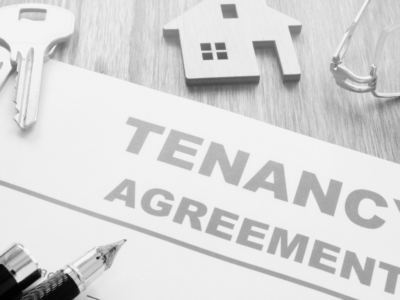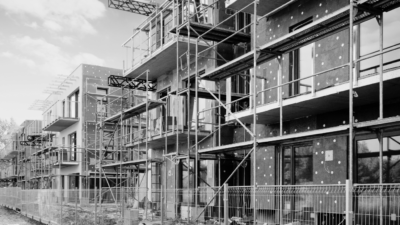As the dust settles on the worst effects of a pandemic which hit the construction industry harder than most, the sector sits at something of a crossroads.
On the one hand, the darkest days of the outbreak exposed the elasticity of construction to the overall health of the economy.
On the other, more encouragingly, the industry demonstrated across the board its hardiness and versatility, making the best of a bad situation and facilitating aggregate recovery and investment.
Now, as stringent, project-ending social restrictions fade into memory, construction appears to be on a healthy path to recovery – and the lessons learned during the pandemic may prove a crucial platform for evolution in the sector as it adapts to a ‘new normal’.
Naturally, the most significant problems the industry faced before the pandemic were there to meet us as we emerged on the other side. There remains, for instance, an urgency to deliver homes in greater volume and at higher quality.
Equally, emerging trends are now beginning to accelerate, and those involved in homebuilding must be agile in response.
Consumer demand is rapidly shifting towards sustainability and smart home technology, while geographical preferences have diversified as a result of increased home-working patterns.
Many of the profound cultural overhauls seen throughout the pandemic appear to have become fixtures of our lives; in turn, construction must adapt to identify areas of opportunity.
Sustainability at the forefront
Broadly speaking, public awareness of environmental and sustainability issues is growing at some pace.
Across sectors, consumers are voting with their feet towards brands and products that can demonstrate (or at least signal) a commitment to sustainable practices.
Accordingly, it is logical that when considering a home – the largest investment many will ever make – that the sustainability of a building will take precedent.
This is not a purely altruistic endeavour on the part of buyers; there are a number of long-term financial benefits to owning a greener property. Naturally, lower energy consumption will mean more manageable running costs – and insulation from fluctuations in the price of energy import.
However, the more significant gain could be in the likelihood of sustainable housing becoming the norm.
Already, landlords are banned from letting properties with an energy performance certificate rating lower than band E, and further reform is likely to follow.
There have been suggestions that lenders will be encouraged to stop lending against energy inefficient property, and it is not beyond the realm of imagination to envision tweaks to the tax system providing further incentive for buyers to pick up sustainable property.
It is evident that there is a clear push from the demand side for the construction sector to ramp up production of more sustainable homes – though there is also a necessity.
The World Green Building Council’s target of all new buildings operating at net zero carbon by 2030 highlights the urgency of the issue.
Should the UK’s construction industry rise to this challenge, there is ample evidence that demand is in place for these properties.
For this reason, sustainability is likely to prove an enduring favourite among investors and buyers looking for secure and safe investment opportunities in the coming years.
Smart homes on the rise
Conversely, another trend on the rise is one which is not a continuation of consumer preference shifts over a number of decades, but instead one hugely accelerated by cultural changes over the course of the pandemic – namely, the integration of smart technologies.
Increasingly, new build projects will be expected to offer buyers an environment that facilitates family, social, and professional lives seamlessly.
While this trend may spell the demise of open-plan design philosophies, it may offer homebuilders an opportunity to create impressive excess value through customisation and considered market research.
The integration of, for instance, intuitive centralised access to all devices from home computers to smart fridges in the home, with a capacity to store health and sleep data and monitor security, will rise in importance to buyers – as such, the construction must remain alert to technological advances, and where houses can play a role.
Naturally, progress and disruption will always be met with some stubborn consternation.
The construction industry is, after all, as prone as any sector to doing things ‘because that’s how we’ve always done it’. The cultural shock of the pandemic should be considered a line in the sand for this kind of thinking.
It is clear that sustainable housing is due to become the norm within a matter of years, which means the sector can adjust with ease.
When considering the more unpredictable disruptions in technology, the industry will need to draw upon its reserve of resilience and adaptability, and show willingness to experiment in order to identify and deliver on the needs of tomorrow’s homebuyer.





















Comments